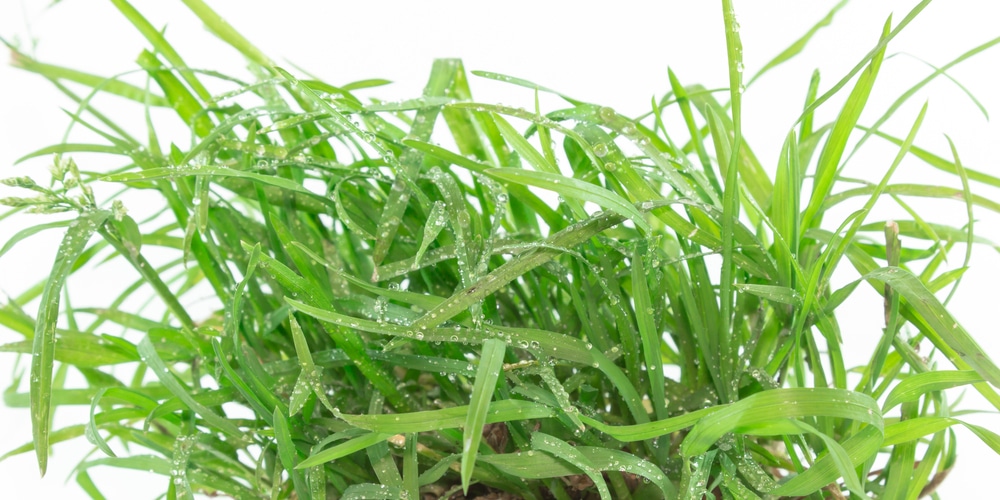Quack grass is a troublesome weed in lawns and ornamental turf throughout America. The roots of quack grass are also very vigorous, and the weed is considered invasive. Quack grass is also a weed of annual crops, especially corn and soybeans. In pastures, it can displace desirable forage grasses. Let’s look at how to get rid of quack grass from lawns and gardens.
Getting rid of quack grass

The good news is that it is possible to get rid of quack grass. It may take a lot of hard work, but there are several methods to try. Here’s how to get rid of quack grass.
Dig up quack grass
If you want to get rid of quack grass, you have to dig out the plant roots and their rhizomes. This means hours of digging in your yard with a shovel or spade. It can be an extremely difficult task if there are many plants present. Sometimes it will seem like there is no end in sight when digging up the roots. Remember that patience is key when removing quack grass, it’s a big job, and you will get through it one way or another.
Remove plants before they go to seed in the late summer. Try pulling out young plants in spring; their shallow root systems are easier to remove than established plants. It may be necessary to dig up older plants with many robust, spreading roots.
It’s also worth noting that quack grass can regrow if you leave even a small piece of root in the ground. Ensure you do a thorough job of digging up the roots and disposing of the plant and roots in the trash rather than composting to stop the weed reinvading your yard the following year.
Solarization
Solarization is a great way to get rid of quack grass.
If you have large areas of quack grass in your yard and the weed that looks like grass, and has become invasive and hard to control, you may be best to kill it by blocking out the sun. This method will kill your turf grass and any other plants in the area as well, so it may need to be used as a last resort.
Cut the plants back and then cover the area with a trap, plastic, or cardboard so that the sun is completely blocked out. Quack grass won’t be able to survive if it isn’t getting enough sunlight. You’ll need to leave the weeds covered for four to six weeks to ensure the plant is dead. Once you’ve killed the quack grass, you can dig up the roots. Ensure the roots are safely disposed of so that they don’t regrow.
Once you’ve killed the quack grass, you can treat the ground using a pre-emergent herbicide that’s suitable for quack grass. Then plant new grass seeds or lay new sod to grow a lush, green lawn.
Pre-emergent herbicide
Use a pre-emergent herbicide to stop quack grass seeds from germinating. You’ll need to search for a product that works on quack grass, as many herbicides are only designed for use on broadleaf weeds.
Apply the product in the early spring and follow the instructions on the label. When applying, make sure to keep the product off trees or shrubs; it can cause damage when applied around them.
Post-emergent herbicide
Use a post-emergent herbicide for quack grass control in your lawn. Post-emergent herbicides kill plants that are already growing in your lawn. It is important to follow the manufacturer’s instructions when applying this type of weed killer.
Conclusion
Now that you know how to get rid of quack grass go out and do it. If you feel like quack grass is too big of an issue for you to handle on your own, contact a professional landscaper or lawn care service. Remember to safely dispose of all your quack grass clippings and roots. Quack grass can take root from the smallest piece of root or plant and can reinvade your yard.
Use a pre-emergent herbicide in the spring when quack grass is just starting to sprout. And use a post-emergent herbicide in the summer when the quack grass has grown beyond your control. There are multiple ways to get rid of quack grass, but you have to be persistent as it’s a hardy weed. Good luck!
Related: Weeds that look like grass